The Blinged-Out Gummy Bears Head to Worlds for Odyssey of the Mind
May 25, 2023
Creativity, ingenuity, budgets and teamwork are words that describe Odyssey of the Mind. Odyssey of the Mind is a months-long project completed in order to solve a creative problem that is presented in a competition at the end of the season (starting with regional competitions and ending with the world championship for those who qualify).
For MT, it has been almost a decade since students have won the state championship and went on to the world competition, which started on May 24 and will run until May 27 at Michigan State University. However, this spring, the Blinged-Out Gummy Bears, an 8th grade group of young women, won second place at the state competition in March, hopefully starting an Odyssey legacy.
In Odyssey of the Mind, there are five problems to choose from revolving around the following themes: creating vehicles, engineering, classics (oftentimes based on myths or Greek and Roman culture), architecture, or performance. This year, Team Blinged-Out Gummy Bears chose a problem in which they had to include an overly dramatic person, theatrics, something that grows, and costumes that represent characters.
This team spent countless hours on script-drafting, costume-designing, and set-building. In fact, one of the girls, Claire Pinzer, estimated that they spent “definitely over 50 [hours], probably closer to 125 [hours]” on the development of the project. This time has been spent writing a script for the play, creating a beautiful backdrop, making costumes (even coloring their own costumes with natural dyes) and props from scratch, and using their knowledge of art and mechanics to form new ideas to include in the overall performance. And that was before they spent time preparing for worlds.
They were also required to answer one Spontaneous problem at the competition. This problem had everything to do with its name: Spontaneous. In fact, it was a problem that they received on the day of the state competition and had to solve in a limited amount of time. In general, these problems are either verbal, hands-on, or verbal hands-on.
Verbal questions oftentimes consist of a question in which a team has to respond creatively with words. Hands-on includes the problems that require something to be built in order to solve an obstacle. The last, verbal hands-on, is when the team has to use objects or build something and then discuss something creative about the object with the judge. While these problems are extremely challenging and require much practice with each type, the group has learned the key to spontaneous thinking. This is important in creating quick and creative responses in stressful situations.
Not only did they spend a lot of time creatively thinking, they also got to know more about each other. When asked about her favorite part of the Odyssey of the Mind process, Piper Fogleman explained that she loves “the creativity that each person brings to the group and getting to see everybody’s new ideas.” She mentioned that she “enjoys spending time with everybody because [she] thinks they’re a great group of people and environment to be around.” Norah Hudack had a similar perspective. “I like the safe space [that the team creates] and how everyone is connected even though we’re not family,” she said.
Although Odyssey of the Mind has brought about new connections and strengthening of bonds, the team has been challenged. Marisol Irvine explained that “Aside from picking and choosing [the problem in the beginning…], there have also been tensions…because it’s hard with mixed opinions. Everyone has their own vision and we have to bring it together as a team.”
It is definitely difficult to decide upon which ideas to use and which to discard. When Fogleman was asked about this difficulty, she said, “It’s hard sometimes because we all come with insanely different ideas. We’re so excited about different things that we don’t get our points across the way we want them to, so [discussion] can become confusing.”
However, the team shared that despite these challenges, they have learned the real-world coping mechanism of problem-solving. Hudack mentioned that in order to choose a specific idea and discard the rest, it is important that they “take breaks and come back to [the concept] the next day or even in the next hour.”
In addition to the artistic, writing, and fine skills that have been developed in each girl because of Odyssey of the Mind, each individual has learned communication skills to solve relatable problems that come with working as a team on a long-term project. This skill is not only crucial in this specific performance, but also in school, at the workplace, and with the people that surround them every day.
Besides communication, in order to fundraise for the world championship in Michigan, the group had to work to earn money. In fact, Irvine explained that they “host[ed] a car wash and [did] a bake sale along with it. We [had] people dancing with signs for people to pay attention. We also have a Go-Fund-Me.” The group learned the importance of fundraising and working with people in order to reach a common goal of earning money for a cause dear to the heart.
But perhaps the most exciting part of this process was hearing their name called at the state competition. Anna McCamant, when asked about how she felt at the time of their win, said, “Imagine a group of a ton of people and then imagine a small, obnoxious group of girls screaming their heads off and hugging.”


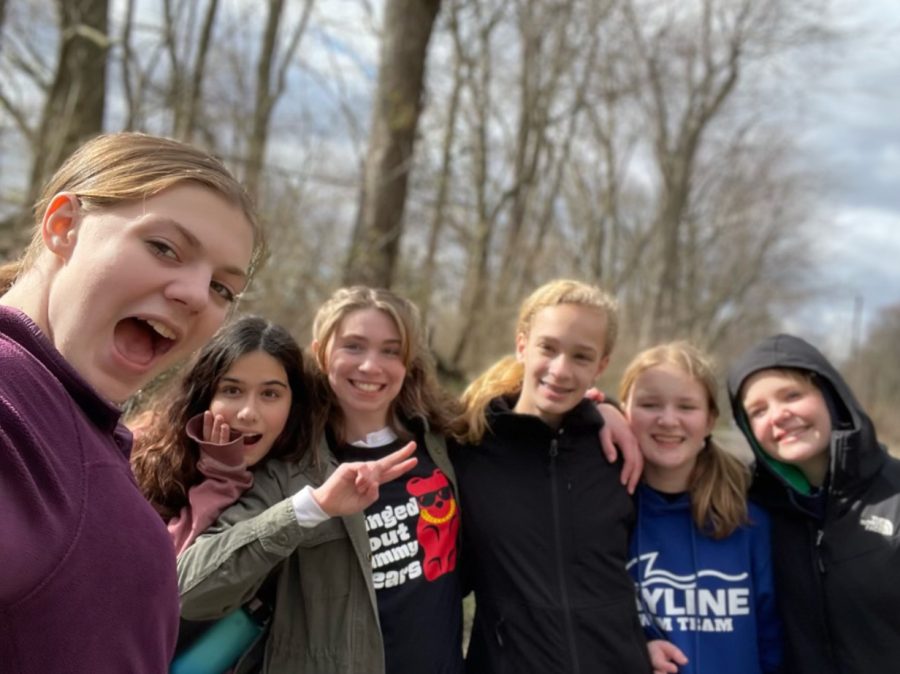
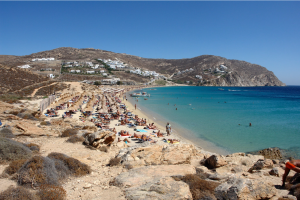

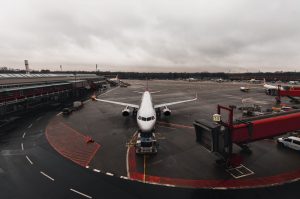
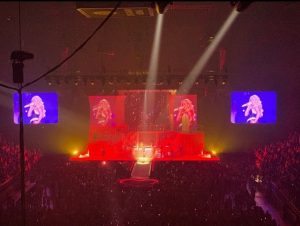

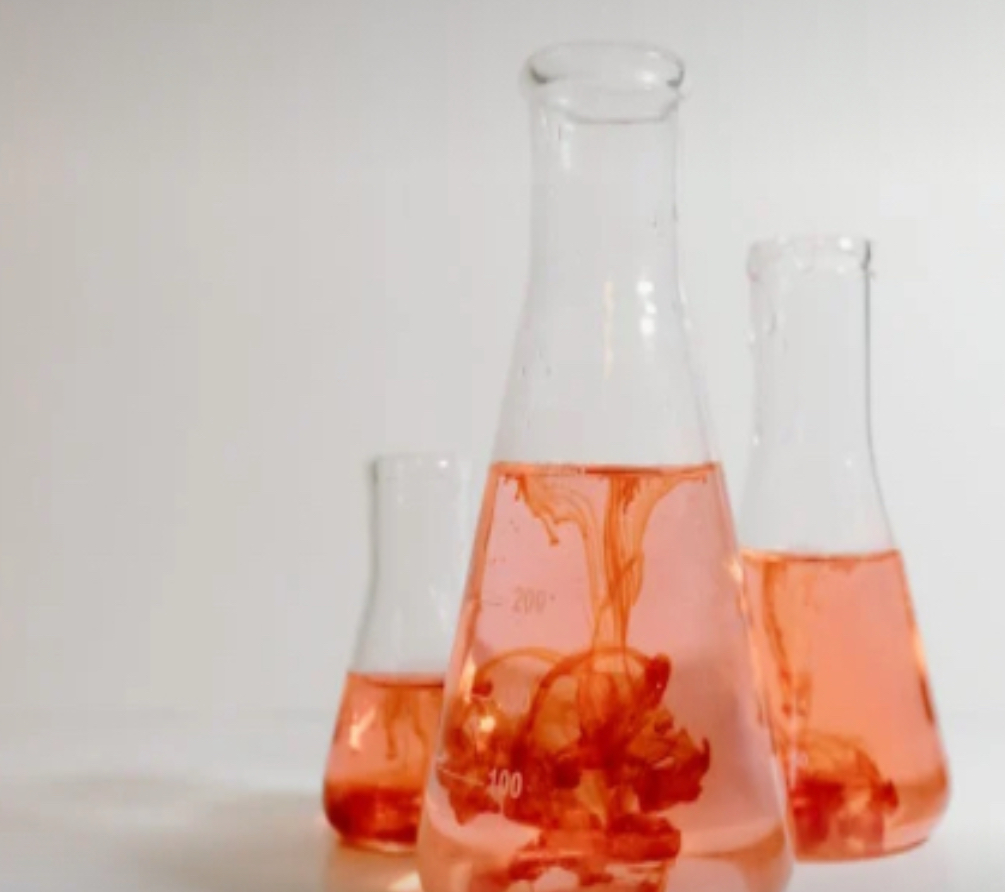

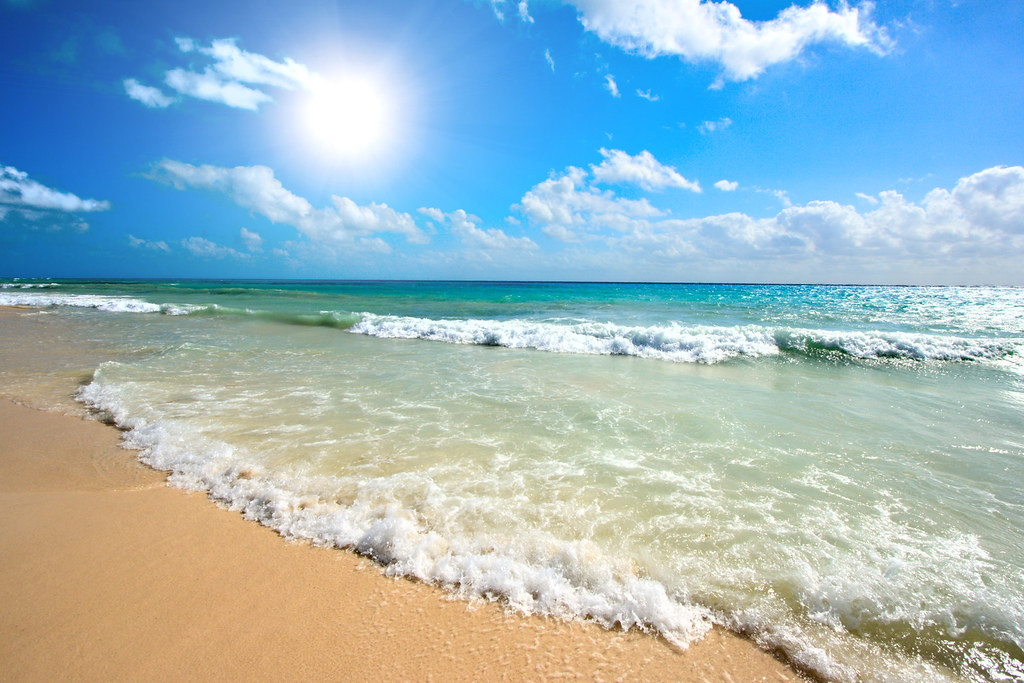
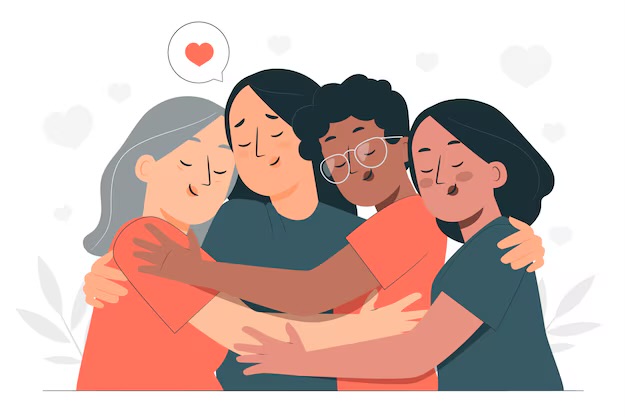

Samuel • May 29, 2023 at 8:35 pm
The girls did an amazing job! Love to see Township women hard at work!